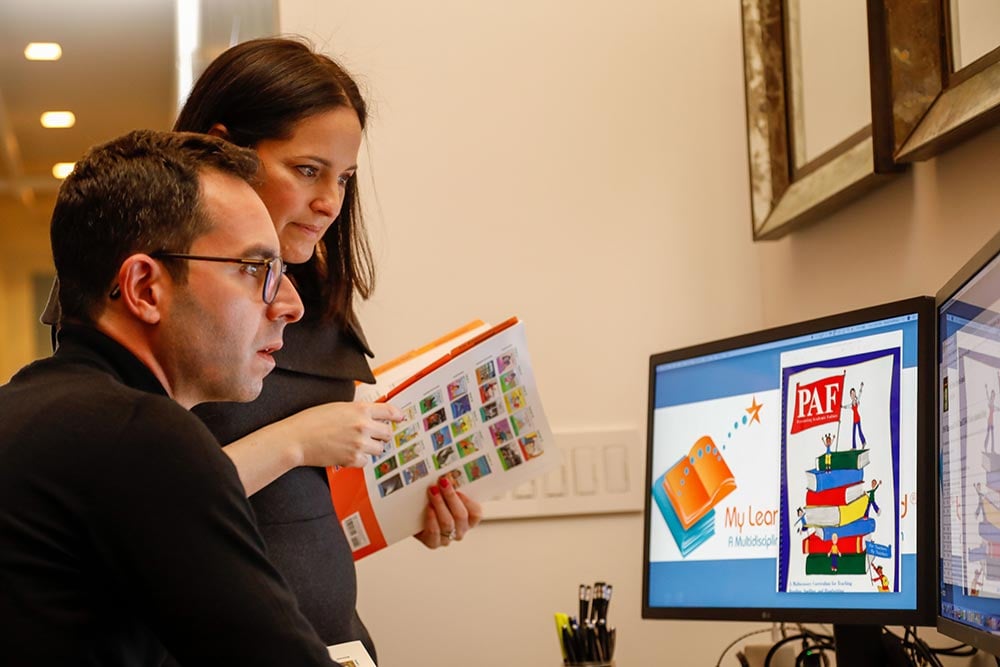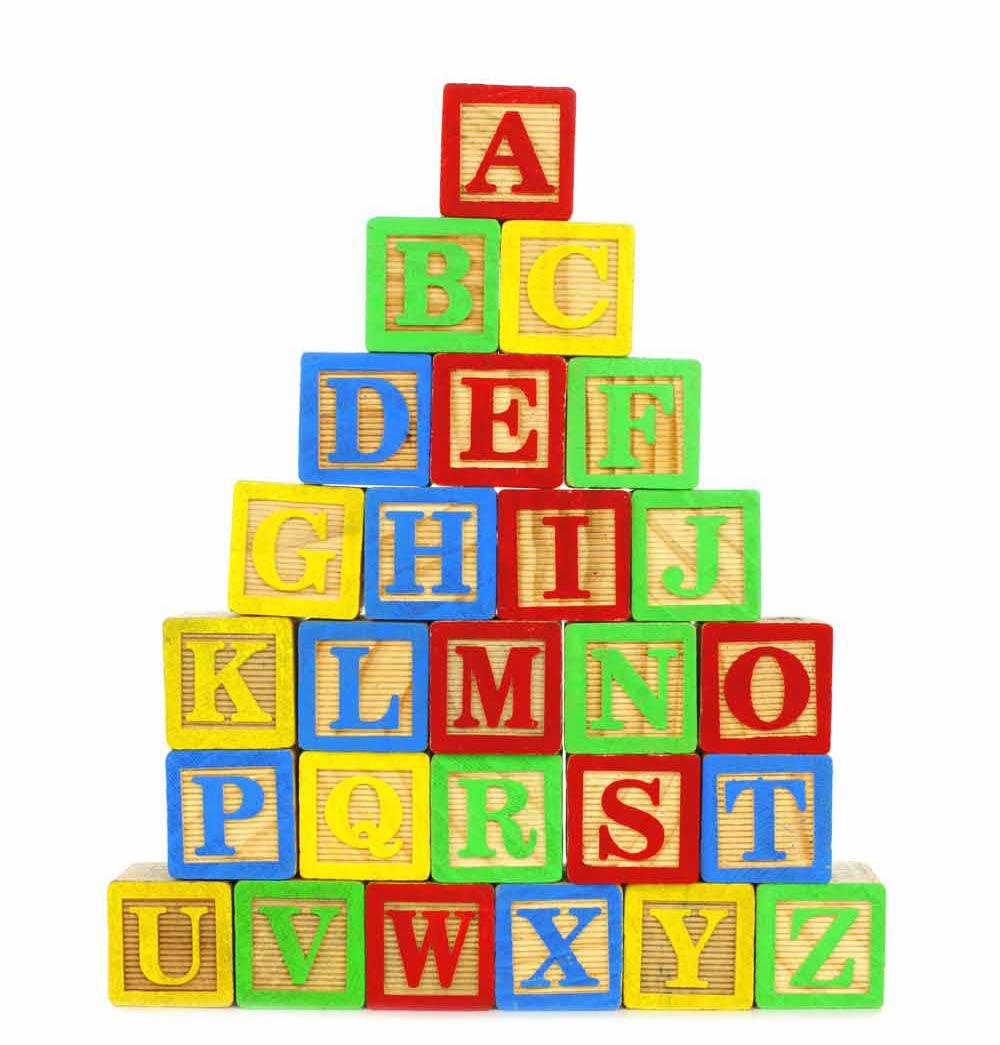By Tara Jeffs
Original Source: Edutopia
Originally posted March 10, 2014
The sandbox of today has gone digital and is filled with dynamic touch screens that permeate the play area with brilliant colors, music and animation. These devices provide opportunities to increase engagement, participation, and social interactions. Parents, educators, and related service-providers seek out activities that ensure young children can reach their potential. The brilliant colors and unique interface of today’s technologies offer young learners the opportunity to explore and learn in brief-yet-powerful, on-demand learning intervals with increased focus and motivation.
Should we embrace such technology for young learners? A joint position statement by the National Association for the Education of Young Children and the Fred Rogers Institute for Early Learning Children’s Media at Saint Vincent College emphasized that it is essential to apply principles of development and learning when considering the use of cutting-edge technologies and new media for young learners 0-8 years of age. When technology integration is built upon solid developmental foundations, and both the challenges and the opportunities of technology are considered, then technology and media can potentially benefit every child.
Direct Instruction or Discovery Learning?
Because technology applications are flexible, they support both direct instruction and discovery learning, thus minimizing the great debate over pedagogy. Young children develop a sense of initiative and creativity through exploring and using a variety of tools — such as crayons, markers, blocks and manipulatives — to create things. Children develop creative movement through singing, dancing and using their bodies to represent ideas. Several technology applications help develop or extend initiative and creativity. They also blend real-world objective and digital activities:
- Tiggly uses shapes/manipulatives with digital apps.
- Mibblio combines music and reading.
- Lego Digital Designer enables students to digitally create virtually anything with Lego pieces.
- Where’s My Water? explores the basics of physics.
Selecting Technology: Where to Begin?
When asked if I know of any good apps, I smile and nod, then explain that selecting apps can be very time consuming. So I often suggest that we first identify a learning task and goal. It can be difficult to find developmentally appropriate apps. Do you want the app to introduce a topic or provide extended practice? Do the features of the app align with the strengths and challenges of the learner? Is price an issue? A survey conducted by the NPD Group found that 88 percent of the apps used on devices were free.
Streamline your search by using these four powerful databases for finding educational apps:
- The APPitic directory lists more than 3,000 apps for education, organized by theme, preschool content area, disability, Bloom’s Taxonomy stage, Multiple Intelligences and Challenge-Based Learning.
- Common Sense Media provides reviews for apps, videos, television, games, books and more.
- Tools for Life AppFinder searches for apps by disability, multiple disabilities, price range and device type. Be sure to check out the link to “Our Other Favorite Apps”.
- Special Needs Apps searches for apps in the categories of communication, social skills, life skills and behavior, just to name a few.
Whether you are using apps, computer software or interactive websites, look at the elements of motivation for learning. The following characteristics are crucial for obtaining and sustaining interest and extended play for young children:
- Developmentally appropriate content: not so easy that it is mastered quickly, and not so hard that it becomes frustrating or feels impossible.
- Fresh content: the app updates as the user plays (i.e. is multi-leveled or has stages).
- Wait time: not too long and not too short between levels or games.
- Humorous activities: having fun and laughing are part of the digital experience — the sillier the better for some of our early learners.
- Incentives: provides a reason to play and explore (i.e., stickers, levels or collections).
- Goals: children and parents should agree that there is a reason or goal in mind to motivate further play.
- Socialization: offers parental/adult involvement or playmate opportunities.
For more information on good app design and technology, check out Is there an app for that? Should we let young children use technology? Carly Shuler’s 2009 report supports the use of technology with young children, because it affords differentiated, autonomous and individualized learning experiences.
 The
The 
 Preventing Academic Failure, or
Preventing Academic Failure, or  Built into the Preventing Academic Failure (PAF) reading curriculum is a handwriting program that incorporates a kinesthetic approach to instructing handwriting, but not just with a pencil in hand! SkyWriting is a way for students to
Built into the Preventing Academic Failure (PAF) reading curriculum is a handwriting program that incorporates a kinesthetic approach to instructing handwriting, but not just with a pencil in hand! SkyWriting is a way for students to